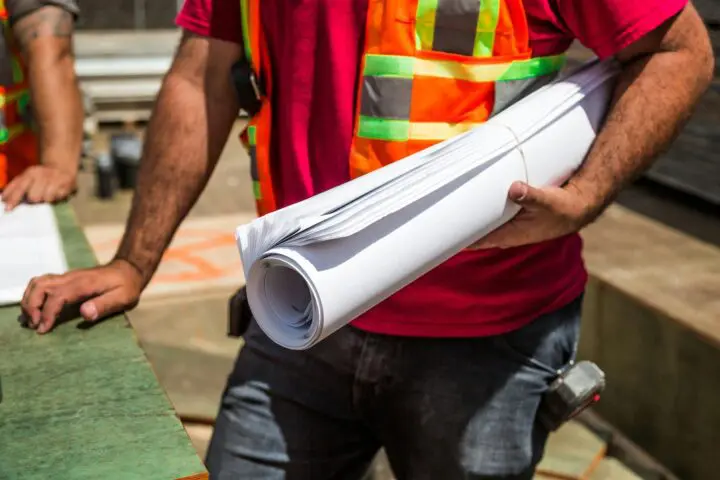Incorporating Climate Action into Your Practice for Triple Bottom Line Impact
Architects have an unprecedented opportunity to be part of creating a safer and more sustainable world for generations to come by designing to mitigate greenhouse gas emissions and adapt to changing conditions.
Text
Architects have an unprecedented opportunity to be part of creating a safer and more sustainable world for generations to come by designing to mitigate greenhouse gas emissions and adapt to changing conditions. AIA’s Climate Action Plan outlines a plan for how firms can address this challenge. Climate action is not only an imperative—it is an opportunity. Similar to the space race more than 50 years ago, where the challenge of getting to the moon unleashed innumerable innovations and creative solutions, the climate crisis presents an opportunity to innovate, transform, and create prosperity in ways that benefit life on earth. Advancing solutions that mitigate and prepare for the effects of climate change will preserve our ability to live healthy and profitable lives, and protect homes and businesses from potentially devastating property damage, loss, and devaluation.
Incorporating climate action into your firm practice also creates new business opportunities and services to achieve ‘triple bottom line’ results to sustain people, planet and profit.
As a complement to that mission, AIA’s new Climate Action Business Playbook offers a set of accessible recommendations and best practices to meaningfully integrate climate action into practice.
To do so requires action on two levels: project-specific actions and practice-wide shifts in culture, norms, and processes. Spearheaded by Buro Happold, Lake|Flato Architects, the Sustainable Performance Institute, unabridged Architecture, and assisted by many passionate professionals, this document offers accessible recommendations and best practices for firms of all sizes. The guide is designed to be a springboard to the most effective practices, high-impact activities, helpful resources, and examples to help firms define and achieve goals.
Realizing climate action requires commitment, strategy, and a measurable process for implementation. Every firm is unique in location, typologies, and structure, yet there are common principles that can be applied to every context. Leadership in climate action may manifest differently in small, medium, and large firms, but firms of all sizes grapple with applying principles with consistency across their portfolio of projects.
The key strategies used to implement change can be applied to every firm, at every stage of their evolution. The best practices and resources included in the guide outline how to:
- make a commitment to incorporate climate action across firm practices, design processes, and in client, stakeholder, and community engagement
- understand how well you are already performing, and measure progress
- get others to help, amplify, and sustain your goals
- create design teams that support climate goals
- develop the organizational approach and infrastructure to make it happen
- assign responsibility for implementing climate action goals
While your firm sets goals and identifies and prioritizes the changes to be made, it is important to consider the process through which you implement change. Firms truly institutionalize sustainability and resiliency by focusing on culture, systems, and processes to move from random acts to becoming a recognized leader in the industry. AIA’s Creating a Sustainability Action Plan that Works is a great starting point to help describe company commitment, design approach, goal setting, reporting, and other operational activities. The AIA Climate Action Business Playbook expands on the actions needed to incorporate climate change mitigation and adaptation in practice.
More on Professional Practice & Small Firms

LegaLine
Legal ▪ Professional Practice ▪ Risk ▪ Small Firms
Self Assessment Tests (SATs)
Firm Management ▪ Professional Practice
Employee Benefits Help Maintain Firm Success
Firm Management ▪ Life & Health ▪ Small Firms ▪ Article ▪ Newsletter